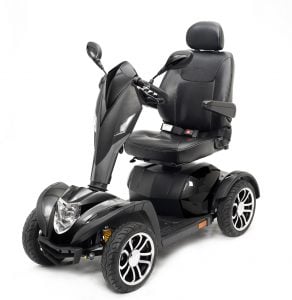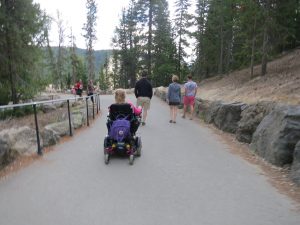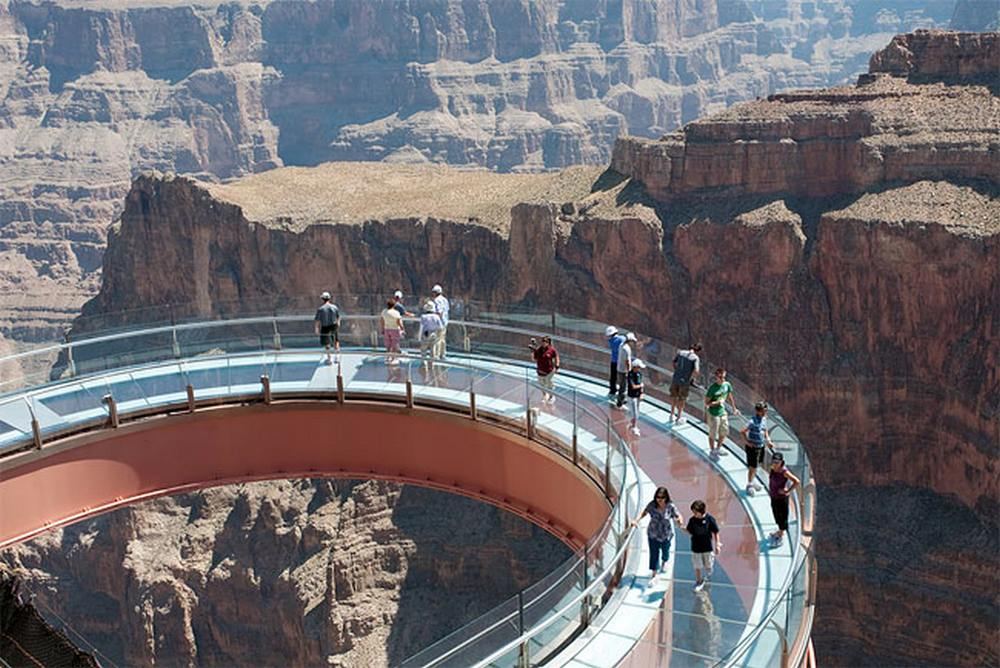 Everyone needs to experience at least one outdoor adventure in their lifetime. It’s a fun escape from the mundanity of our everyday lives.
Everyone needs to experience at least one outdoor adventure in their lifetime. It’s a fun escape from the mundanity of our everyday lives.
A study published in the Environmental Research, Volume 166 highlighted the benefits of spending time in forests or parks. The study found that people who spent more time in green spaces had lower risks of chronic illnesses like type II diabetes.
Unfortunately, going outdoors also poses a considerable challenge for people with limited mobility. Not every park or hiking trail is wheelchair-accessible or disabled-friendly. If you’re taking care of someone with limited mobility, here’s what you can do to help them enjoy the beauty of nature.
Getting the Right Equipment
Getting suitable equipment to support your patient is crucial for their comfort during a trip or hike outdoors. Not every scooter, wheelchair, or crutch can be used on the trail. Have them invest in a good all-terrain scooter or wheelchair if they plan on making their nature trips a regular thing. Make sure you have the right tools when lifting your patient off a wheelchair to avoid any injuries.
Finding a Suitable Destination
Accessibility upgrades for national parks are relatively new. The National Park Service’s (NPS) Accessibility Task Force was formed in 2012. In 2015, the group drafted a five-year plan to make all national parks accessible. It’s been about four years since the plan was enacted, and a number of popular destinations under the NPS have made great strides in upgrading their facilities to welcome everyone.
The Grand Canyon
One of these places is the ever-famous Grand Canyon National Park in Arizona. This historic landmark is wheelchair-accessible. Its shuttle buses have ramps that can carry passengers with mobility equipment. However, some motorized scooters might not fit on the vehicle, so you better check ahead. The park also offers a “scenic drive accessibility permit” that allows physically disabled visitors to go to places that are closed to public traffic.

Yellowstone National Park
Yellowstone National Park is another popular destination that’s working to be universally accessible. Most of its trails are wheelchair-friendly, though its staff is still trying to eliminate barriers in some areas. The park allows motorized personal vehicles, stand-up devices, and service animals. Its “NPS Yellowstone National Park app” has updated accessibility information that people can use to plan their trail.
Glacier National Park
Accessibility improvements are also being made for Glacier National Park. This has a wonderful view of the rocky mountains of Montana and its gorgeous Avalanche Lake. Park management recommends calling them in advance for a special program that lets disabled guests enjoy the place without worrying about hazards. The destination also has accessible shuttles that lead to various campgrounds, lakes, and lodging.
It’s smart to get an “Access Pass” from the government. This allows U.S. citizens who have a permanent disability to enter over 2,000 federal recreation sites (like parks) free of charge.
Wrap-Up: Testing Their Limits
While it’s a great experience for you and your patient to see the beautiful views and scenery in forests and national parks, it takes a little preparation before they can take the trip and enjoy the hike. Get them ready by strolling with them around the neighborhood to see how long they can stay outside without feeling too exhausted.
Once you find their limit, you can ask for longer or shorter hiking trails and programs from your park of choice. With a little creativity and the NPS’ continued efforts, it won’t be long before the outdoors can truly be a place for everyone.
Get a Reliable Patient Lift
It can be difficult to lift your patient from their wheelchair to another place they can rest on while you’re on an outdoor trip. Here at 1800wheelchair.com, we offer manual and electric motor patient lifts that help with this challenging task. With over a decade of experience in helping the elderly with their mobility challenges, we’re here to help you move your patients safely and with ease.
Call us today to learn more about our mobility products.
